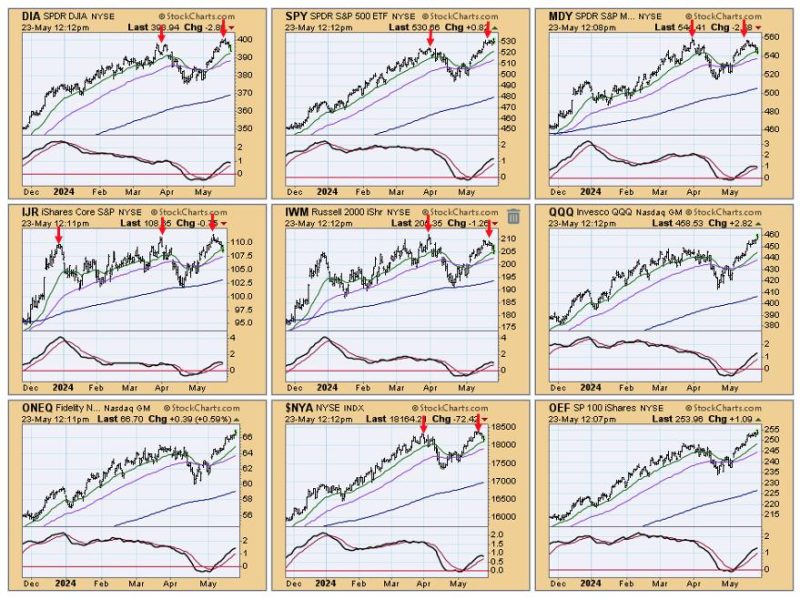
Is the Market Hitting Its Peak? – An Insightful Look!
Body:
Market movements and trends can often provide heads up about potential future shifts in stock prices. One such indication worth considering is a toppy market. As the name incites, a toppy market is a phase where financial markets, after a period of prolonged uptrends, reach their peak and show signs leading towards a potential downturn. This situation is noteworthy for investors (both individual and institutional) because it may signal the beginning of a bearish phase.
Firstly, let’s delve deeper into what constitutes a ‘toppy’ market. It generally arises when indicators show overvaluation compared to historical precedents, recession risks increase, or when the prices of securities and commodities appreciate at an unusually rapid speed. In situations like these, markets grow unstable, opening up possibilities for a market correction or even a full-fledged downturn.
One primary sign of a toppy market often is a surge in the volatility index (VIX), representing the market’s expectation of a 30-day forward-looking volatility. Also known as the ‘fear gauge,’ a substantial hike here shows investors’ anticipation of a rise in market fear. If we examine the 2008 financial crisis, the increased volatility preceded the crash, delivering stock markets worldwide into mayhem.
Another possible indicator of a toppy market can be the inverted yield curve. Traditionally, long-term investments yield higher returns compared to short-term ones, indicating a healthy, growing economy. But when short-term interest rates surpass the long-term rates, it often hints at a recession, making the market look toppy.
Furthermore, the Price/Earnings (P/E) ratios can also serve as a reliable yardstick. If the average P/E ratio of companies in a particular index, say the S&P 500, exceeds its historical average, it may suggest an overvalued market, thus indicating a market top.
An unusually high margin debt can also hint at a toppy market. Margin debt is borrowed money that investors use to buy stocks, which increases buying power. While this works well when markets are bullish, it amplifies losses during market downturns. Therefore, its increases are sometimes construed as signs of impending market tops.
Although the presence of a toppy market can incite fear in investors, it’s imperative to remember that it does not automatically equate to an immediate crash. Toppy markets can extend over several months or even years before a downturn occurs. It is more of a warning system for investors to reassess their risk tolerance and portfolio
